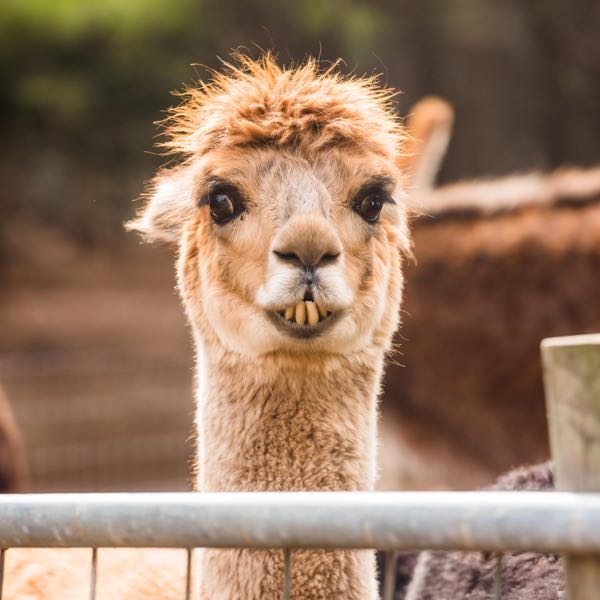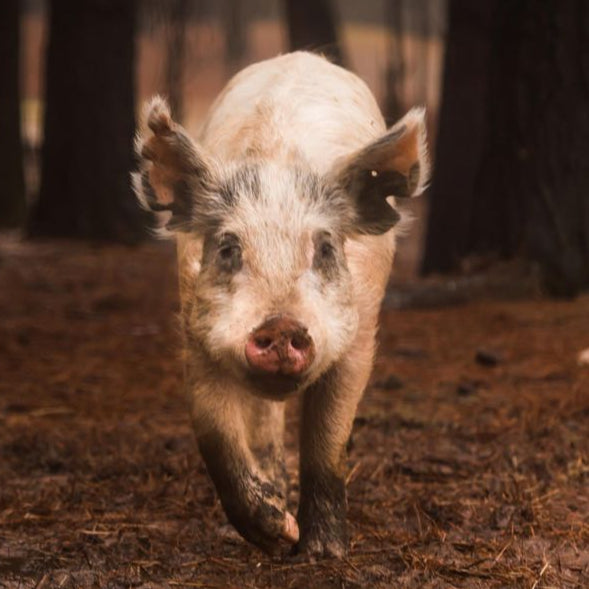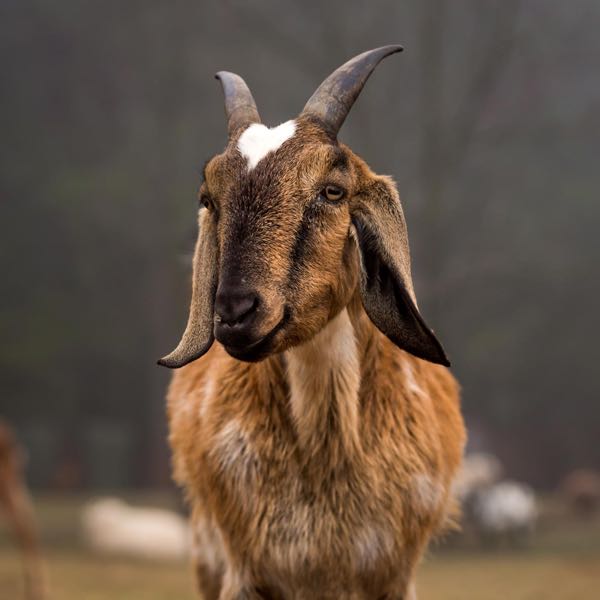Coop 5: 3 Porch Farm
-
WELCOME | COOP 1 | COOP 2 | COOP 3 | COOP 4 | COOP 5 | COOP 6 | COOP 7 | COOP 8 |
(1) When did you start keeping chickens and why?
We actually don’t have chickens. We have guinea fowl. We keep them for their propensity to eat ticks. It’s a healthcare strategy for us and our employees.
|
Mandy uses her coop to raise the young guinea fowl. |
(2) How many guinea fowl do you have and what breeds?
We got our first guineas as chicks about eight years ago. We currently have around 16 of them. They are considered a Lavender guinea as their feather colors are light grey (kinda lavender colored).
Guineas are quite different than chickens in that they are pretty wild and feral. While they do follow us around at times, they will not let us pet them or be held. Their job here on the farm is to forage for ticks and insects. The guineas can be quite noisy, they make up for it by the AMAZING job they do of clearing our land of ticks and other insects.
Our guineas only stay in this coop as keets. We keep them in the coop from about 3 weeks old to about 10 weeks old, after that, they are free-ranged and require very little care from us (fresh water and a bit of food in winter). The newest babies each year tend to roost on top of the coop at night for their first year but then move into trees as they mature.
(3) Where did you get your coop?
We were given a few, large wire table tops that were used in a farmer friend’s propagation house. We ended up turning those tables on their sides to make this A-frame coop and then just used scrap/salvaged lumber and framed in the back wall and built a door on the front wall. We added old tin roofing that we had laying around to shield the birds from harsh sun and rain.

Constructed mostly from reclaimed materials, the sides of the A-frame coop are made from retired propagation tables.
|
(4) What are some of your favorite features of your coop?
I like the A-frame look. It’s cute…and it was basically free.
(5) What would you do differently?
Nothing. It really works out great for our limited use.
|
The 3 Porch Farm guineas forage for ticks and other insects around the farm. |
(6) Talk a little about your feeding and watering systems.
We use simple chicken feeders. Nothing special with these as they are only in the coop for a short time.
(7) What considerations did you keep in mind with the coop/run design regarding predators?
We quickly learned that snakes can get through chicken wire, so we have added wire mesh around the entire coop so snakes cannot get in. We have yet to have issues with other predators however we do have chicken wire around the base of the coop (buried into the earth) in case predators try scratch their way in.
(8) What kind of features address extreme temperatures?
Our birds are only in the coop at the end of winter and early spring. We put heat lamps in and have created an inner shelter in the back to retain the heat from the lamps.
|
The adult guineas roost on top of the coop and in trees. Here they are settling in for the night in the rain. |
(9) Do your neighbors have an opinion on you keeping guineas?
Even though our neighbors are pretty far away, they can hear the guineas, but don’t seem to mind them.
(10) What do your guineas eat?
Ticks, weed seeds, grasshoppers, grasses and other insects
(11) Is there anything that surprised you about keeping guineas?
Just how well they actually do clean up the ticks from nine acres. Almost 100%.
(12) Describe your coop maintenance regimen?
We clean it regularly when they are staying in there full time. We rake it out and add straw as needed.
(13) Do you have any advice for people considering getting guinea fowl?
I would imagine that guineas would likely be unwelcome in a neighborhood setting. They are too loud for most of the year.









